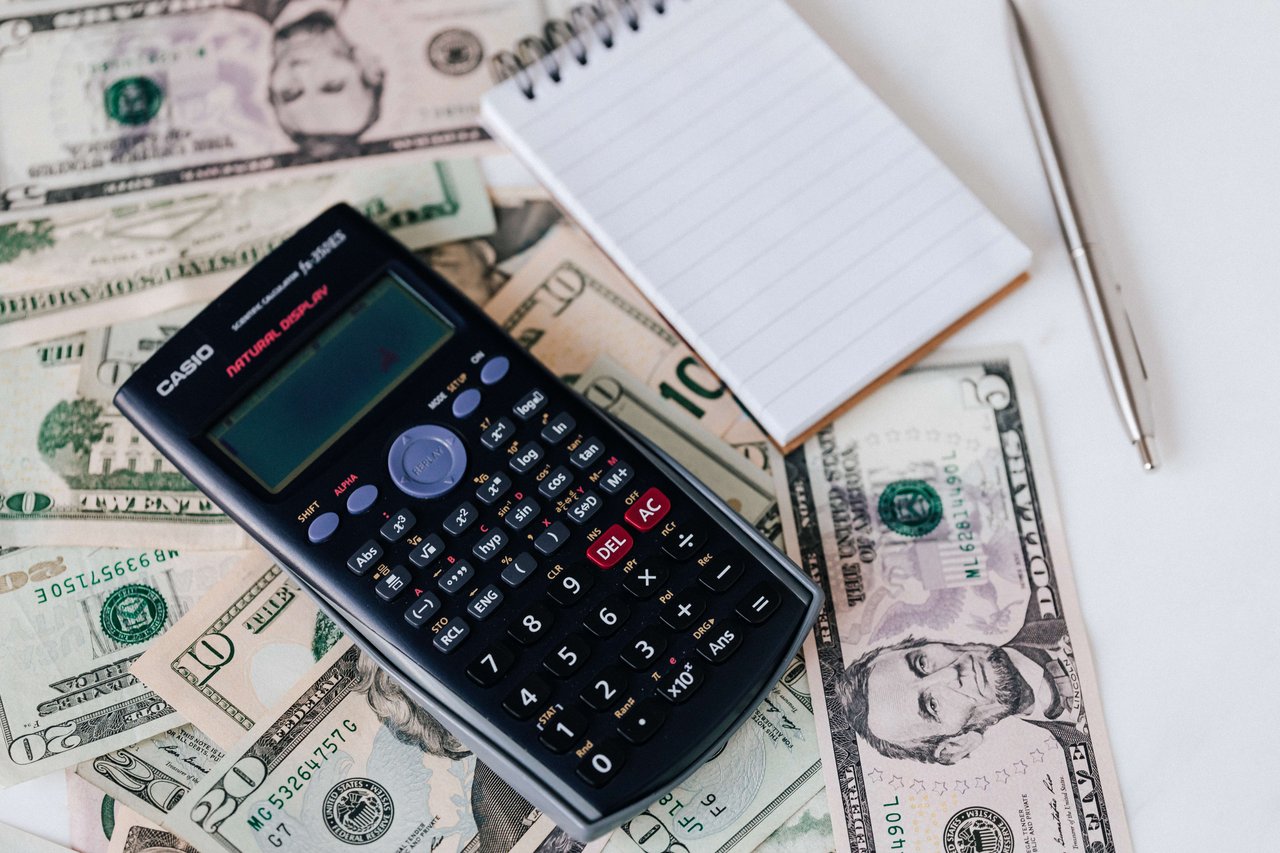You have probably been hearing the term "buydown" used recently by home builders and listing agents. There are times during the home-buying process when you need creative problem-solving to get both sellers and buyers to agree on a sales price. After unprecedented mortgage rates, the market is changing, and buyers may not love the sound of a 6% rate when they bought their first home for 2.75%.
Most mortgages allow you to pay additional discount points for a permanent rate buydown. This provides the buyer with a lower interest rate for the ENTIRE life of the loan by paying these discount points at the closing table. The cost of those discount points can vary based on several factors in the market.
Mortgage Buydowns Explained
A less commonly known incentive is a temporary buydown, which allows borrowers to reduce their effective monthly payment for a specified temporary period. The funds are contributed on the seller/builder side as a percentage of the sales price, agreed upon by the two parties. These funds are used to subsidize the monthly payment, basically “reducing” what the buyer is required to pay during that temporary buydown period. The money is held in an account by the lender, similar to an escrow account.
The new rate and monthly payment that the borrower is responsible for never actually changes, as their lower monthly payment combined with the money from the seller's contribution will reflect a full mortgage payment.
The most often used buydown program is the 2/1 Buydown. For example, if the buyer is quoted a 7% interest rate, but wants to do a temporary buydown, the buyer’s interest rate will be 5% in the first year of the mortgage, thus lowering the out-of-pocket costs for twelve months. The special escrow account (with the seller’s contribution) will make up the difference in cost.
The following year, the interest rate will go up another percent to 6%, continuing to have a lower monthly payment than the full interest rate, while the mortgage payment is being completed in full each month from the escrow account. After the second year concludes, the borrower is back to the original interest rate of 7% and the payment reserve account should be empty.
How does this benefit me?
On the seller’s side, in most scenarios, a temporary buydown will cost significantly less than if you had reduced the price on a home. It will incentivize buyers to purchase your home, without a significant impact on the net proceeds for the seller.
On the buyer’s side, the temporary buydown serves to ease the burden of the mortgage payment during the first few years and effectively saves them money each month. It could also help to bridge the gap if they hope to refinance if/when the rates go down.
If you're looking to buy or sell, it's imperative to have an experienced and well-connected Dallas Realtor® advocating on your behalf. Courtney Tauriac has some of the best lenders in the industry ready to assist you with navigating today's real estate market. Great teams make Great things happen! Call Courtney Tauriac with any questions you might have. Together, she and Greg Reichel with First United Mortgage Group are ready to assist you and your real estate goals.



